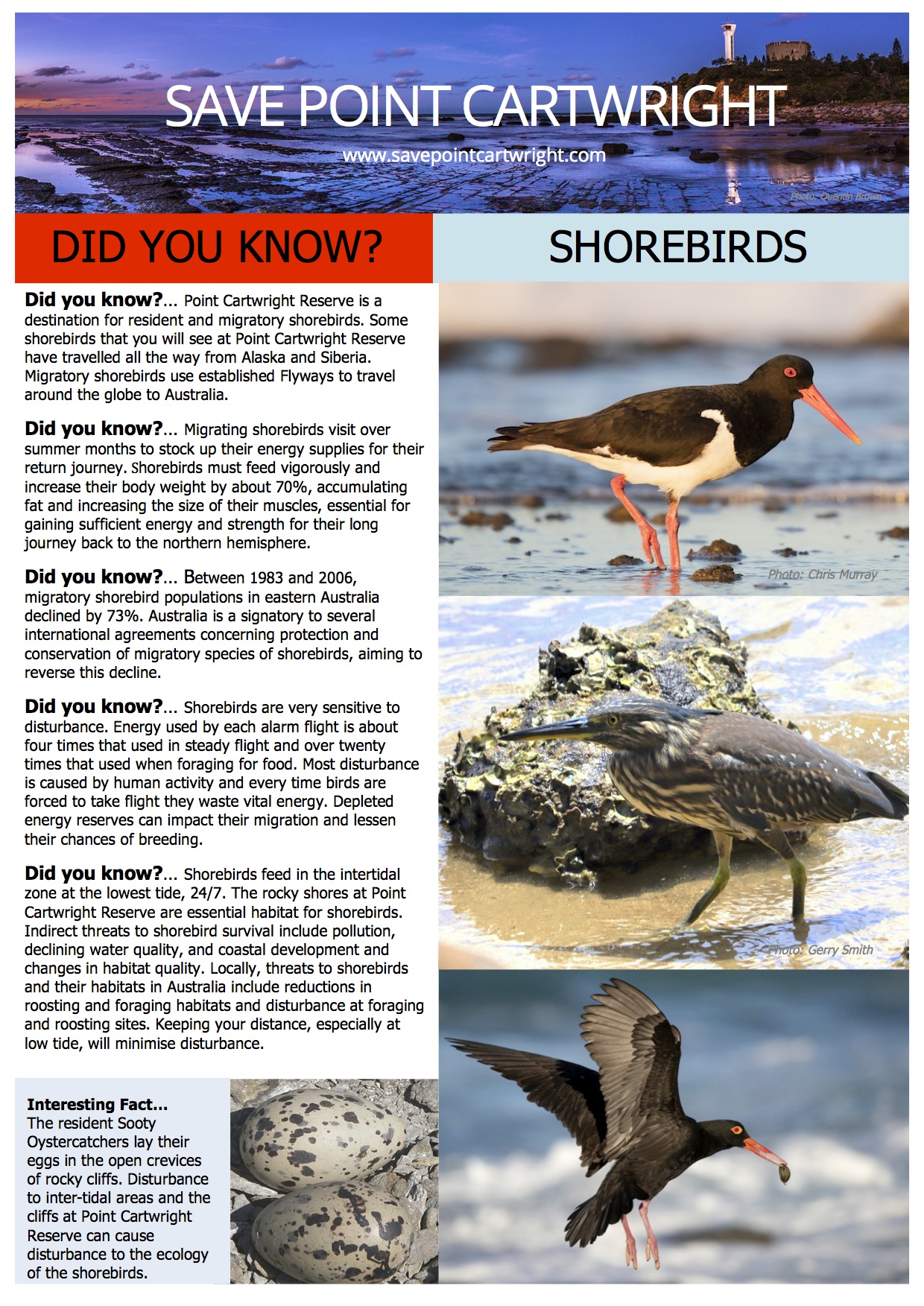Shorebirds
Point Cartwright Reserve is a destination for resident and migratory shorebirds. Some shorebirds that you will see at Point Cartwright Reserve have travelled all the way from Alaska and Siberia. Migratory shorebirds use established Flyways to travel around the globe to Australia. As an example, the Wandering Tattler shorebird travels more than 12,000kms all the way from Alaska to the Sunshine Coast every year to rest, feed and roost on the rocky shores of Point Cartwright Reserve across our summer months before returning to their northern hemisphere breeding grounds.
Migrating shorebirds visit over summer months to stock up their energy supplies for their return journey. Shorebirds must feed vigorously and increase their body weight by about 70%, accumulating fat and increasing the size of their muscles, essential for gaining sufficient energy and strength for their long journey back to the northern hemisphere.
Between 1983 and 2006, migratory shorebird populations in eastern Australia declined by 73%. Australia is a signatory to several international agreements concerning protection and conservation of migratory species of shorebirds, aiming to reverse this decline.
Shorebirds are very sensitive to disturbance. Energy used by each alarm flight is about four times that used in steady flight and over twenty times that used when foraging for food. Most disturbance is caused by human activity and every time birds are forced to take flight they waste vital energy. Depleted energy reserves can impact their migration and lessen their chances of breeding.
Shorebirds feed in the intertidal zone at the lowest tide regardless of the time of day. The rocky shores at Point Cartwright Reserve are essential habitat for shorebirds. Indirect threats to shorebird survival include pollution, declining water quality, and coastal development and changes in habitat quality. Locally, threats to shorebirds and their habitats in Australia include reductions in roosting and foraging habitats and disturbance at foraging and roosting sites. Keeping your distance, especially at low tide, will minimise disturbance. The resident Sooty Oystercatchers lay their eggs in the open crevices of rocky cliffs.
Disturbance to inter-tidal areas and the cliffs at Point Cartwright Reserve can cause disturbance to the ecology of the shorebirds. Shorebirds are being disturbed daily by people and their pets in the intertidal zone during low tide periods.
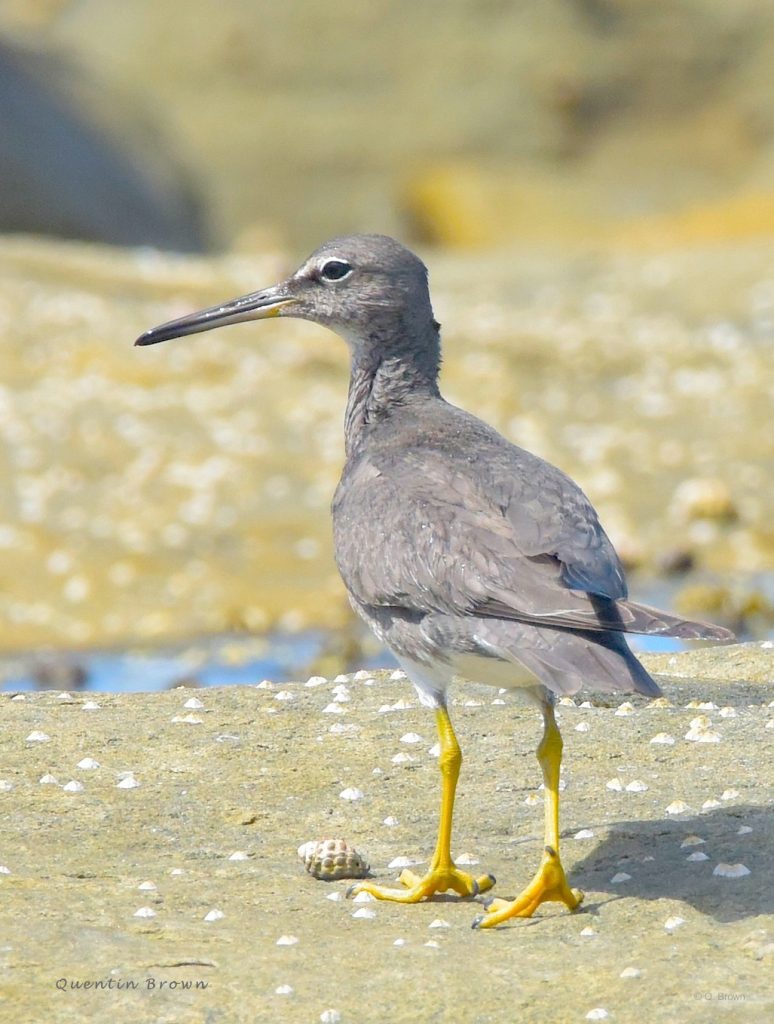
Unfortunately, the way the Point Cartwright Reserve is being used and managed at the moment is severely degrading the natural environment. We are all loving it to death!
A new approach to how we use and manage Point Cartwright Reserve is urgently needed, or we all risk losing the wonderful qualities that make the reserve so special. We all need to embrace a new way of using the reserve that preserves:
- the littoral rainforest’s critically endangered ecological community;
- the rocky shores for migrating shorebirds & marine organisms;
- the clean and natural beaches for nesting endangered turtles;
- the riverine habitats along the Mooloolah River; and
- the natural ambience and character of the whole reserve.
It is important to act now to save Point Cartwright Reserve for future generations.
Visit the Facebook Page: https://www.facebook.com/savepointcartwright
Your can make a difference by signing our petitions and contributing your views during Council’s master planning process currently underway in 2022.
Please sign our Change .org e-Petition here: https://www.change.org/p/save-point-cartwright
Master Plan Overview Webpage: https://www.sunshinecoast.qld.gov.au/Council/Planning-and-Projects/Council-Plans/Pt-Cartwright-master-plan
Have Your Say Webpage: https://haveyoursay.sunshinecoast.qld.gov.au/point-cartwright-la-balsa-park-master-plan
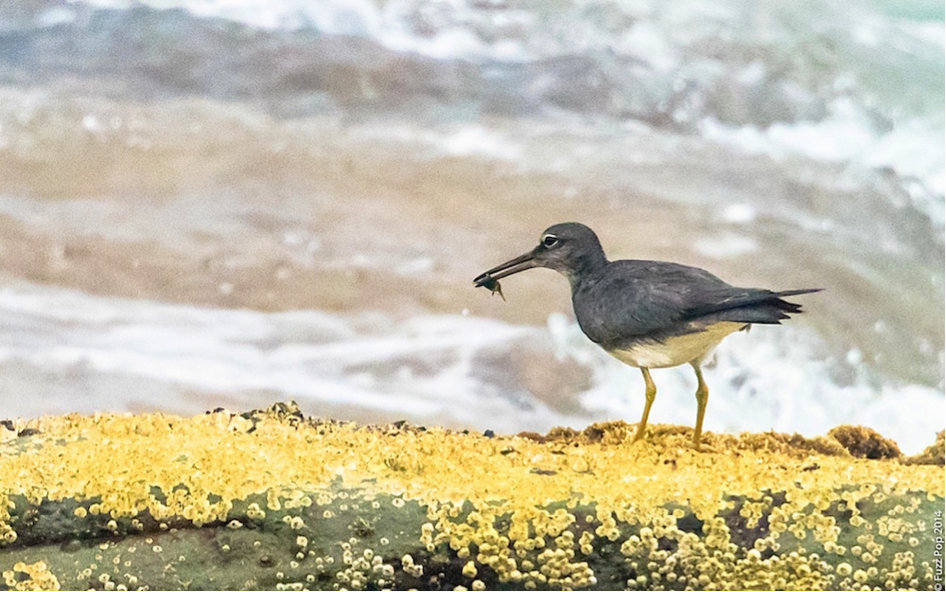
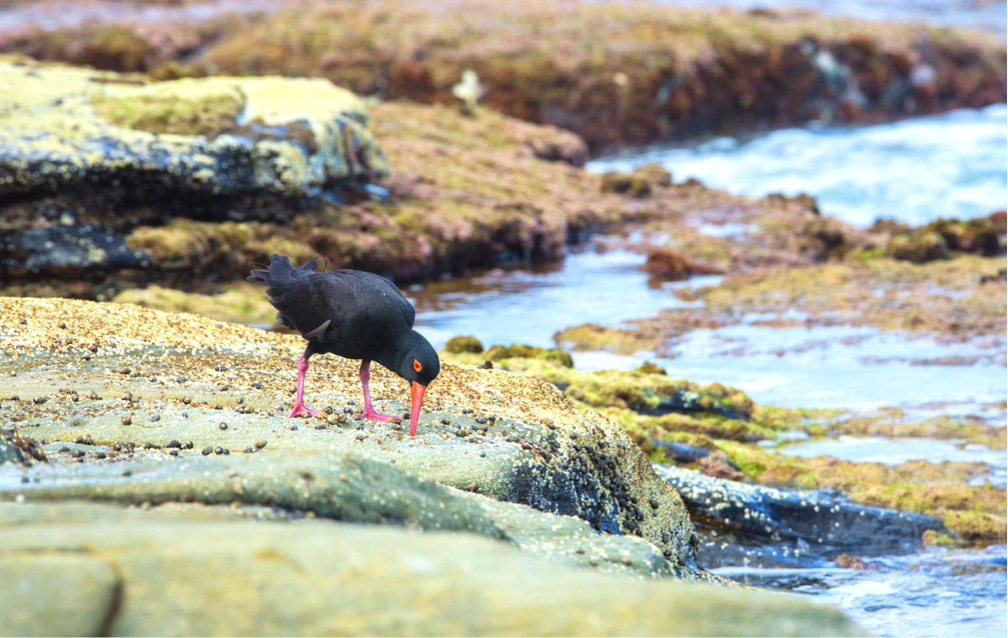
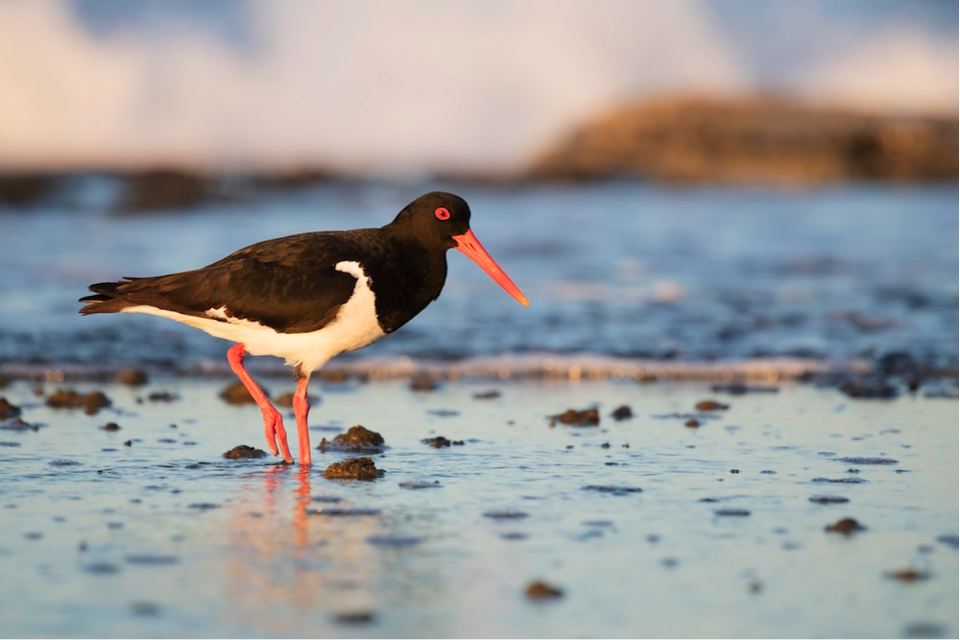
Read or download our Did You Know? brochure on Shorebirds:
